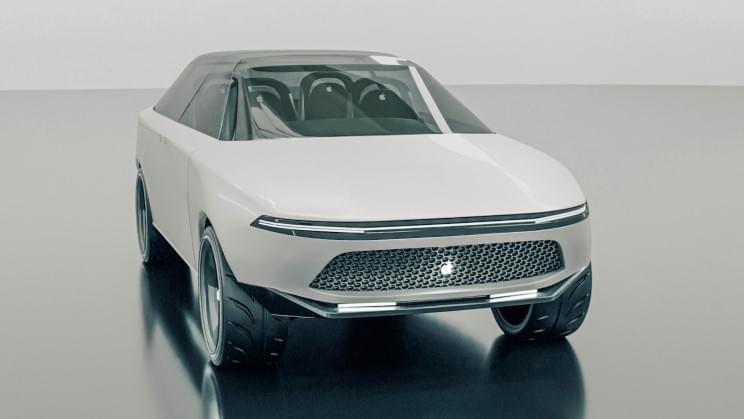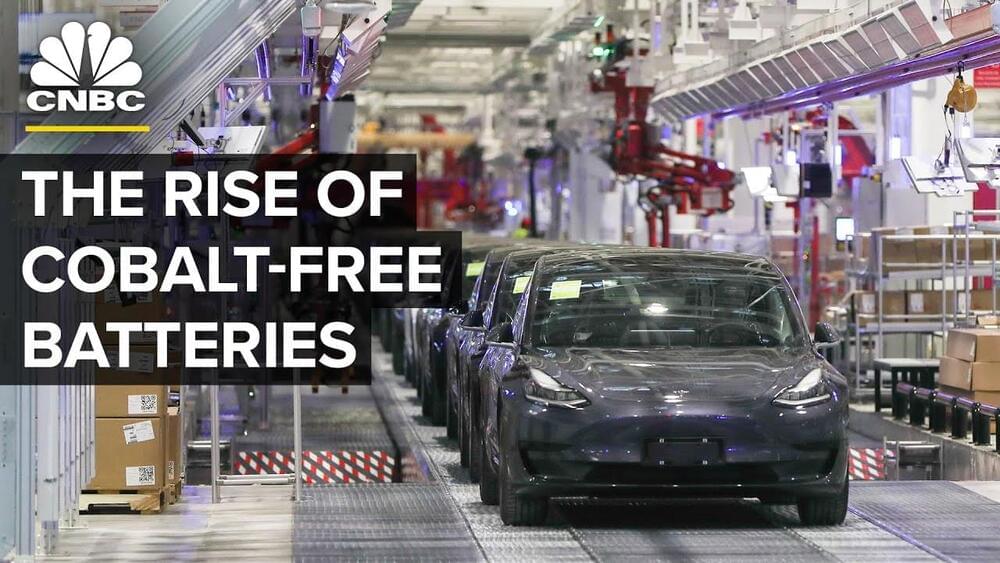Smartphones have become old technology by now and is soon going to be replaced by the next big thing. Vuzix has created the first lightweight Smart AR Glasses that can project holograms at high contrast while still looking like regular glasses.
The Vuzix next generation smart glasses feature futuristic micro-LED display technology to project augmented reality images onto the glasses. You can interact with virtual objects and more. Companies like Apple and Facebook will soon follow with their own variations of AR Glasses due to them soon replacing smartphones as the main medium of interaction as they phones become obsolete.
–
If you enjoyed this video, please consider rating this video and subscribing to our channel for more frequent uploads. Thank you! smile
–
#vuzix #smartphones #augmentedreality









